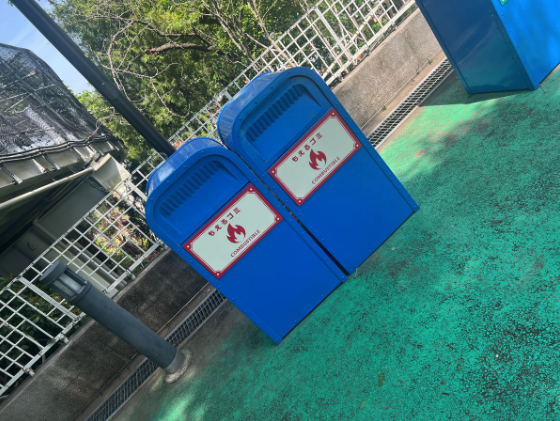It doesn’t take long to notice the absence of something in Japan we take for granted: garbage cans. Traveling from Tokyo to Hiroshima, train announcements reminded us to take our garbage when disembarking. No cans in the stations and none along the streets. The only receptacles available were for recycling. Why?
I was fortunate to meet up with fellow author and Tokyo resident Steven Bleistein and raised the issue: “I’m surprised the streets are so clean without garbage cans, but I guess the culture of cleanliness makes it possible to eliminate garbage cans, right?”
Nope.
Steve explained that garbage cans disappeared after a domestic terrorist incident by a local cult that harmed 5,000 people. People feared a repeat incident and since trash cans offered an easy option for placing bombs, they were removed. All of them.
What does this have to do with change? When someone new joins your team, do they understand why you do the things you do? Will they sense the values underpinning the way that you work? Will the artifacts they see make sense?
Without an interpreter, they may not understand the why behind what they witness. They may jump to the wrong conclusions as I did. They may completely miss the point. The incident in Japan happened in 1995. I was glad Steve remembered the source nearly thirty years later. Alternatively, if the reason for the change is no longer obvious (nearly 30 years later!), revisit the original thinking and determine if there is a better solution.
When rolling out change it’s critical to tell the story behind it clearly, and continue to do so; Not just for your existing employees, but for those who come after. It has to become part of the organizational fabric. But remember that #changeisthenewnormal. From time to time, ask your new employees whether what they see makes sense to them. Perhaps it’s time for something new.
Thoughtfully yours,
Jeff Skipper



